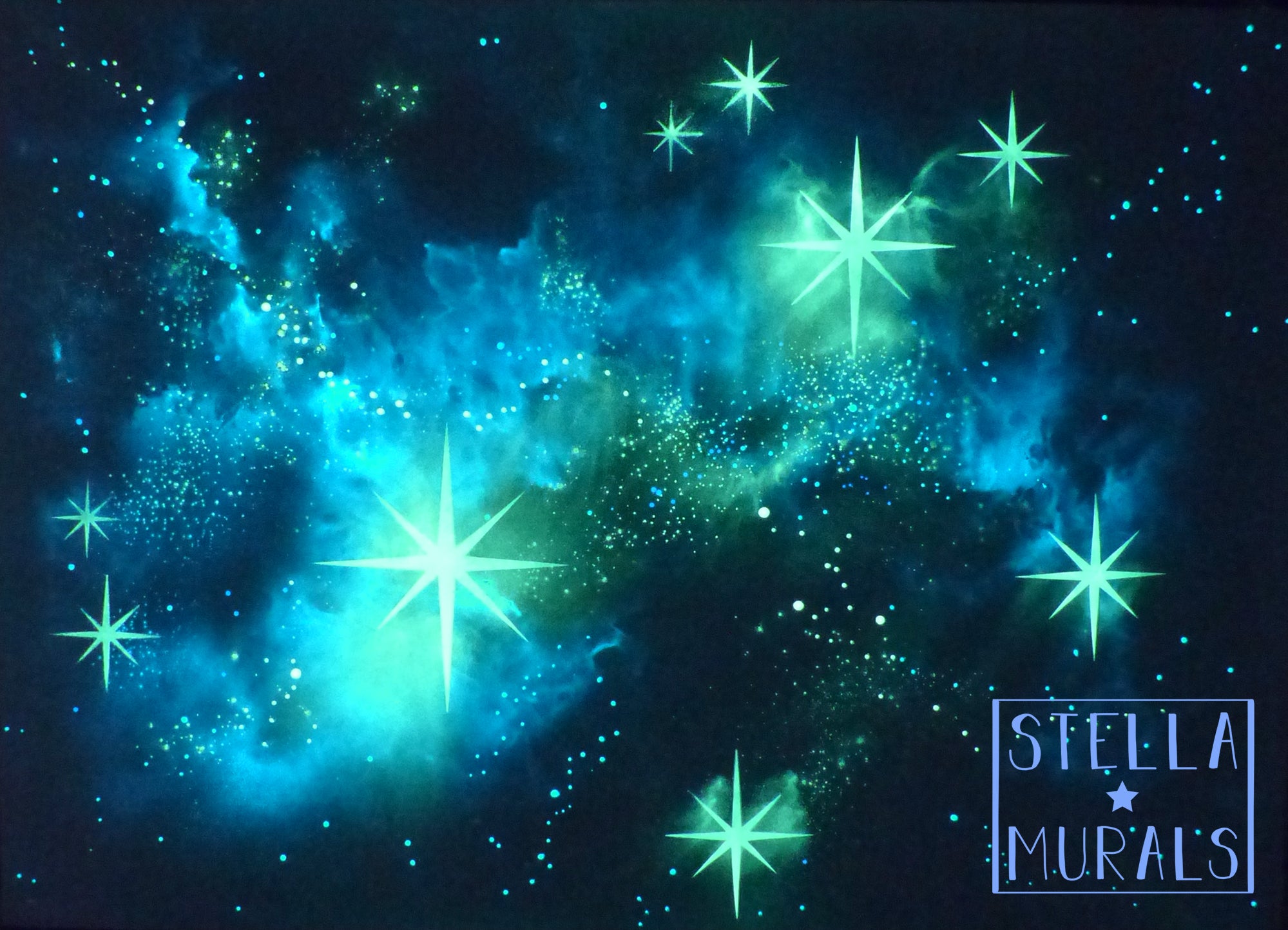
The Pleiades
The Pleiades, a standout among the constellations, is recognised as the most well known star cluster visible from all corners of the Earth within the constellation of Taurus.
The best time to see the Pleiades in the Northern Hemisphere is from October to March, especially during the winter months. In the Southern Hemisphere, they're visible during the same months, but as a summer asterism, they appear lower in the sky. In New Zealand they disappear behind the sun during April and reappear mid June in the morning eastern sky, just before dawn. The reappearance marks the beginning of the Maori New Year.
In New Zealand find the Pleiades by looking first for the three stars of Orion's belt.
Extend the Belt line to the left (west), to reach the vibrant orange star, Aldebaran. Aldebaran is the brightest star in the Taurus constellation, symbolising the bull's eye. You'll notice it amongst a v-shaped cluster of stars called the Hyades. They are an older star cluster, a neighbour to the Pleiades, but keep going! Continue tracing the line to the left, and you'll reach the Pleiades.

Seven or six of the Pleiades stars can easily be seen with bare eyes if your eyes are adjusted to the darkness.
If you'd like to see Pleiades in more detail, use binoculars for a closer look. For larger binoculars, using a tripod can be a good idea as it gives a steady image, allowing you to see the stars for longer without straining your arms.
Enveloping this celestial cluster is a reflection nebulae, beautiful wispy celestial clouds composed of interstellar dust. These clouds reflect and disperse the bluish-white light emitted by the stars.
At the core of the Pleiades lies a group of seven main young blue stars, a collection often connected with myths that depict them as celestial sisters.
The seven sisters are; Maia, Alcyone, Asterope, Celaeno, Taygete, Electra, and Merope. Also a part of the cluster are their parents Atlas, a Titan tasked by Zeus to bear the weight of the earth, and Pleione, the mythical guardian of sailors.
As the story is told, the seven sisters found themselves pursued by the relentless hunter Orion. Fearing for the sisters' safety, Zeus intervened to protect them, transforming them into stars. The tale takes an intriguing turn as one of the sisters, Merope, captivated by the mortal world, chose love over the safety of the heavens. Opting to live with a mortal man, she was ashamed and hidden in the mists, leaving behind only six radiant stars visible in the night sky. Merope, the lost Pleiad, was the faintest star in the Pleiades, enveloped by nebula and the last star to be mapped by astronomers. 
In Aotearoa, New Zealand, a recent addition to our holiday calendar is Matariki. Aligned with the rising of the Pleiades just before the break of dawn, this midwinter holiday marks the Maori New Year. What do we do? There are light shows on around city centres but the nicest new tradition has been to head to the beach and light driftwood bonfires. Is this legal? Probably not, but kiwis are doing it anyway and I feel the Pleiads would look down at the dotted lines of firelight and approve. 
The Pleiades is my favourite star cluster to paint, I love the mistiness of the reflection nebula that surround it.
Quick links
About Stella Murals
Stella Murals is an Australian based glow in the dark art studio. Started in New Zealand in 2011, owned and operated exclusively by artist Esther Iranyi.

Leave a comment: